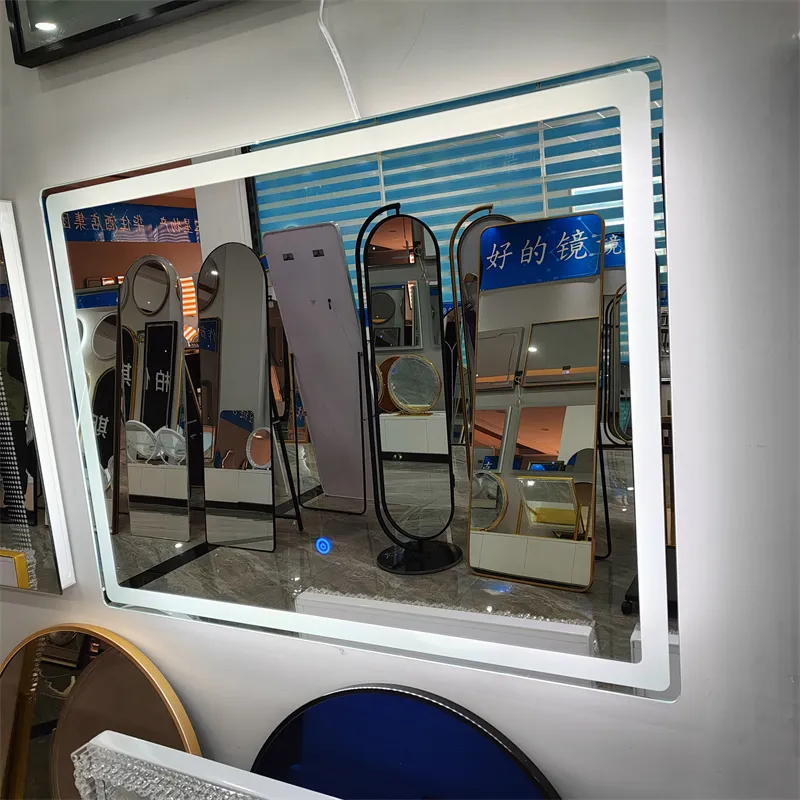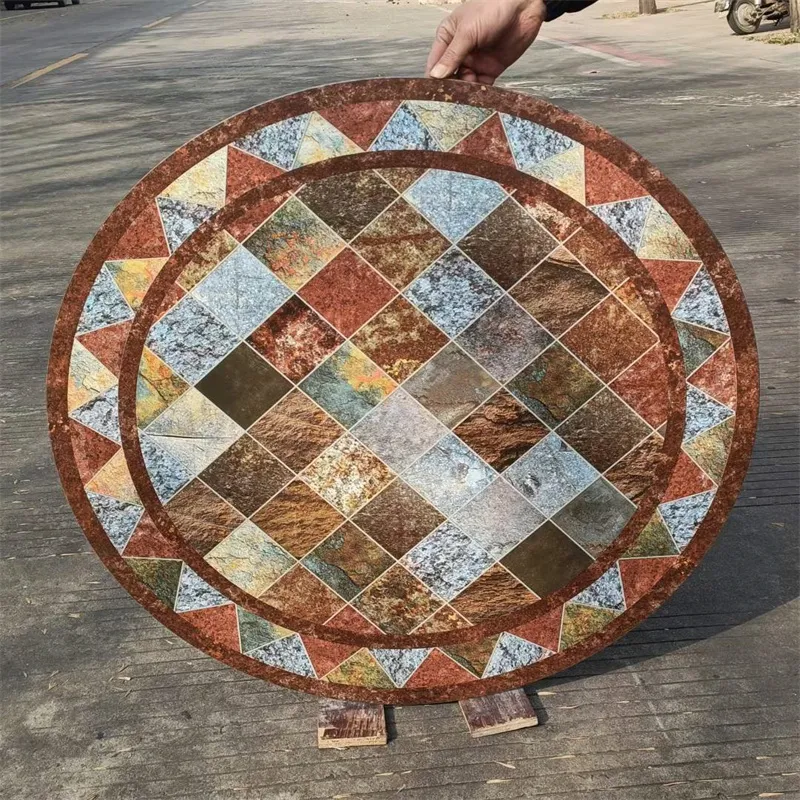Oct . 08, 2024 12:13 Back to list
Exploring the Aesthetic Benefits of Grey Reflective Glass in Modern Architecture
The Allure of Grey Reflective Glass in Modern Architecture
In recent years, the use of grey reflective glass in architecture has become increasingly popular, serving both aesthetic and functional purposes. This innovative material is not only a statement of modernity but also a testament to technological advancements in building materials. As urban landscapes evolve, grey reflective glass stands out as a preferred choice among architects and designers for its unique characteristics and versatility.
Grey reflective glass features a distinctive coating that enhances its reflective qualities while maintaining transparency. The result is a striking visual effect that allows buildings to blend seamlessly into their surroundings, reflecting the sky, trees, and other elements of nature. This dynamic interaction with the environment not only enriches the architectural design but also creates a sense of harmony with the landscape.
One of the primary advantages of grey reflective glass is its ability to reduce heat gain in buildings. By reflecting a significant portion of solar radiation, this glass minimizes the reliance on air conditioning systems, ultimately leading to lower energy consumption and reduced utility costs. In an era where sustainability and energy efficiency are paramount, grey reflective glass provides an eco-friendly solution for modern construction. Its application is particularly beneficial in climates where excessive heat can be a concern, making it an ideal choice for skyscrapers, commercial buildings, and residential complexes alike.
grey reflective glass

In addition to its energy-saving benefits, grey reflective glass enhances privacy without sacrificing natural light. The reflective nature of the glass obscures the view into a building during the day, allowing occupants to enjoy their space without feeling exposed. This characteristic has made it a popular choice for office buildings and homes in urban environments, where privacy is often a luxury. Moreover, the glass's ability to maintain clarity and brightness inside while reflecting the exterior elements contributes to a pleasant indoor atmosphere.
Aesthetically, grey reflective glass elevates the visual appeal of any structure. Its sleek, modern appearance often complements the clean lines and geometric shapes dominant in contemporary architectural styles. Architects frequently incorporate grey reflective glass into facades, creating striking silhouettes that enhance the skyline of cities. The material's versatility allows it to be paired with various design elements, from metal and stone to wood and plants, enabling limitless creativity in architectural projects.
Furthermore, grey reflective glass is easy to maintain. Its smooth surface resists dirt and grime accumulation, making it easier to clean than traditional glass options. This practical aspect appeals to building owners and facility managers who seek long-lasting, low-maintenance solutions.
In conclusion, grey reflective glass has firmly established itself as a key component in modern architecture. Its blend of energy efficiency, privacy enhancement, and aesthetic appeal makes it an invaluable asset in the design and construction of contemporary buildings. As we look to the future of urban development, the continued use of grey reflective glass will undeniably shape the way we perceive and experience our built environments.
-
Safety and Style with Premium Laminated Glass Solutions
NewsJun.24,2025
-
Reinvents Security with Premium Wired Glass
NewsJun.24,2025
-
Premium Float Glass Line for Modern Architecture
NewsJun.24,2025
-
Low Emissivity Glass for Energy-Efficient Architecture
NewsJun.24,2025
-
High-Performance Insulated Glass Solutions for Modern Architecture
NewsJun.24,2025
-
Elevates Interior Style with Premium Silver Mirror
NewsJun.24,2025
Related PRODUCTS














